It can be overwhelming when you have a struggling reader. I know, I’ve had one. There were times I was ready to either give up or hide in a closet until this part of homeschooling was over. When it gets to that point, take a deep breath and think about an action plan.
If you are looking for a simple solution for your struggling reader, we’d like to invite you to download a FREE copy of the first week of our R.E.A.D. Curriculum Notebook.
Here are 6 things you can do right now to help your reader.
- Schedule An Eye Exam
This is such an easy first step. Your child’s reading problems could be as simple as needing glasses. Take them to an optometrist and see. Some health departments will offer an eye exam free for school-aged children. Walmart and Costco have very reasonably priced exams as well. If it turns out your child does need glasses they may need to do a bit of relearning before they get up to speed, but you’ll probably be amazed at the difference.
- Research and Try Another Reading Method
Not every brain works the same way. What works great for one child may not work for another. Sometimes I don’t want to switch what I’m doing because I feel like I failed rather than embracing the fact that the curriculum was not a good fit. And we all know, homeschool material can get expensive, so shop used if you need to. Don’t let a price tag or change scare you from switching methods when your child might greatly benefit.
- Test Their Reading Level
Maybe they’re right where they need to be, and you have no cause for worry. Maybe you’re comparing them to a genius cousin. As a homeschool parent, it’s really easy to think our child is struggling with something when really they’re just an average 7-year-old. Without a classroom of 30 other kids or years of teaching experience, knowing what’s “normal” can be difficult. Placement tests can give you peace of mind or show you where the learning gaps are. Sometimes it’s just a matter of re-teaching a key concept to get your child rolling again.
- Get Outside Help
My mother was a school principal, my father wrote his Master’s thesis on learning disabilities, and my sister and I are both music teachers. Even though I am literally surrounded by educators and am one myself, I still needed outside reading help with my eldest.
For our family, this meant enrolling in a homeschool charter program with our district. Our supporters have been so excellent and their expertise has been invaluable.
If you have a struggling reader professional educators and tutors can be game changers. Don’t be afraid to reach out for help.
- Research Possible Learning Disabilities and Follow Up With A Professional ASAP
It can be really scary to think your child might have a learning disability but it doesn’t need to be. Back in the “olden days” my father was put in the special education classes simply because he had dyslexia. Today he has two doctorates. Clearly, he isn’t dumb just because he has a reading disability.
With that said, things have come so far since the 60’s and 70’s but the consensus among professionals is: early intervention is key. So, if you suspect a learning disability don’t hesitate to speak to an expert. This might be a doctor or a specialized teacher. Don’t wait.
Having professionals involved in my daughter’s education empowered us to make the decisions needed regarding testing. I would not have felt comfortable making these crucial decisions on my own just from researching on the internet.
Internet research is a place to start but if your gut tells you, and symptoms tell you your child might have a learning disability, get help and a diagnosis if needed.
6. Do a Self Check: Is There a Better Time of Day? Resource? Subject Matter?
Sometimes when we are struggling to figure out what is wrong we put off a vibe that our kids feel. Remember to praise and encourage even the smallest of accomplishments. Does it feel like they are regressing? It’s not uncommon to ebb and flow. Try a different time of day. Try a different setting. Make sure you’re both relaxed and excited for your time together. Find books and subject matter that your children like to learn about.
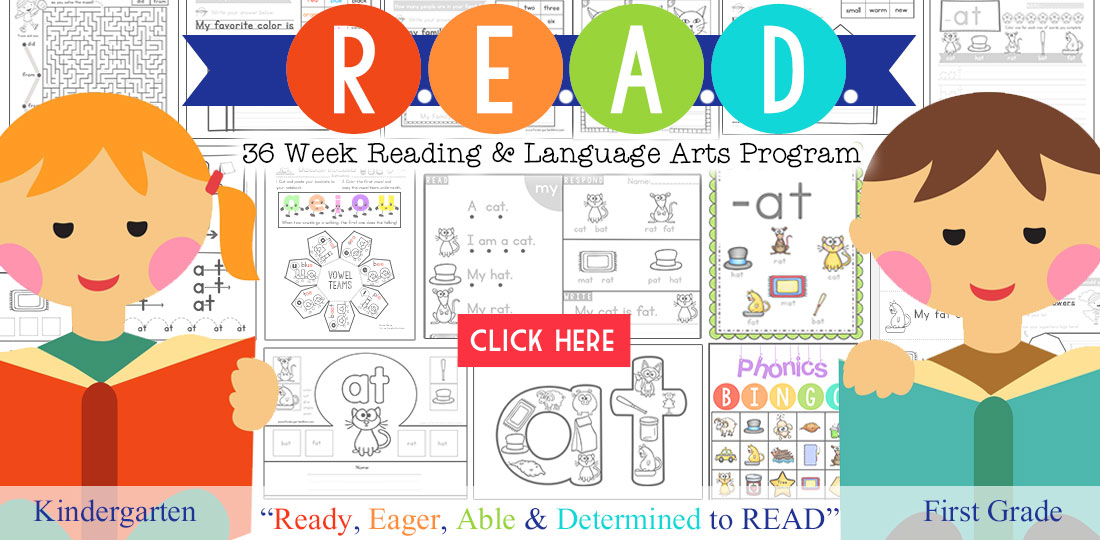
If you are looking for a simple solution for your struggling reader, we’d like to invite you to download a FREE copy of the first week of our R.E.A.D. Curriculum Notebook.
Our R.E.A.D. Curriculum notebook was specifically designed for beginning or struggling readers. With daily practice, this 36-week program focuses on chunking letter sounds and building phonemic awareness. Beginning sight words are introduced in fun, engaging ways that will encourage even the most reluctant reader. From the very first week students will be reading short controlled mini-books that will build reading confidence and a new outlook on reading.
R.E.A.D. Curriculum Notebook
Ready, Eager, Able and Determined to READ! This 36 week curriculum provides you with everything you need to teach your child to read. Structured over a 4-day/week program you’ll cover phonics, digraphs, blends, sight words, grammar and writing. Hands-on activities keep your child engaged and learning with little to no-prep required.
R.E.A.D Curriculum Notebook: 785 pages
- 4 Days a Week over 36 Weeks
- One Word Family per week
- 2-3 Sight Words per week
- Beginning Blends cycle every fifth week
- 60 page Interactive Grammar Notebook
- Weekly Writing Prompts
- Science Sequencing & Drawing Activities
- Daily Warm Up Activities
Customer Reviews:
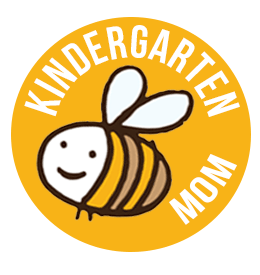
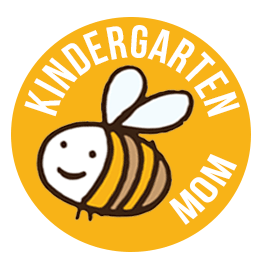
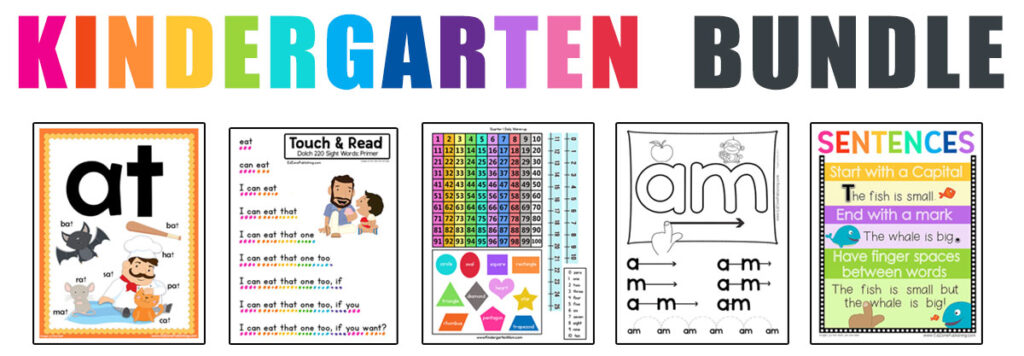
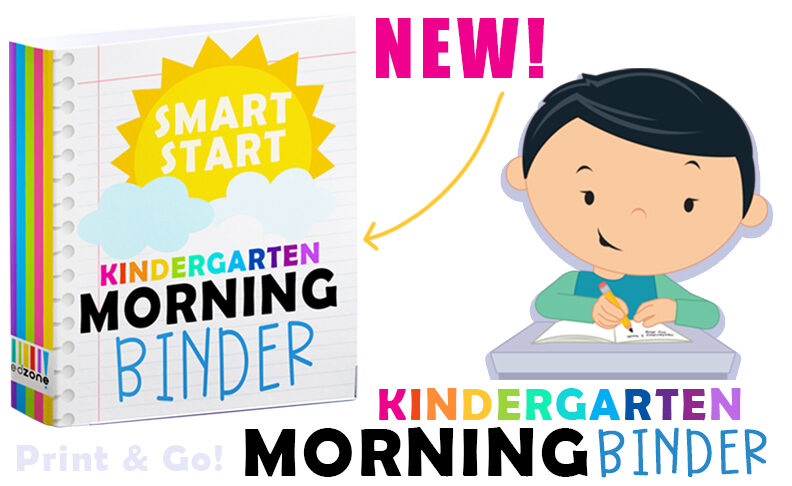
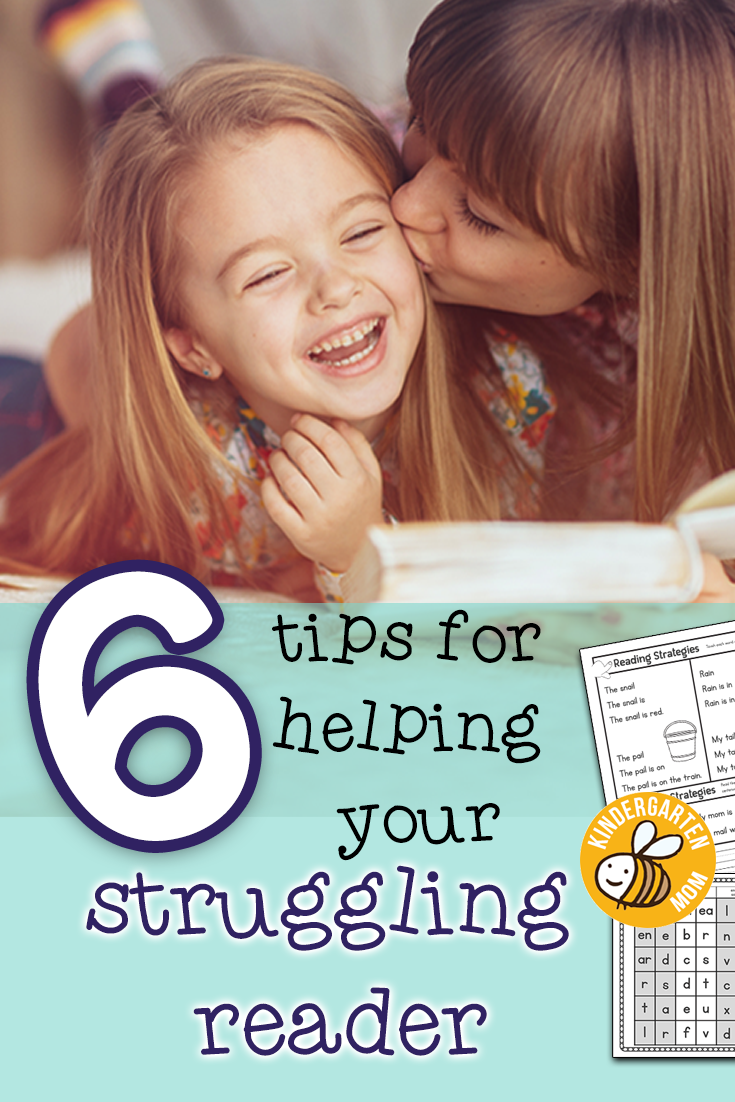

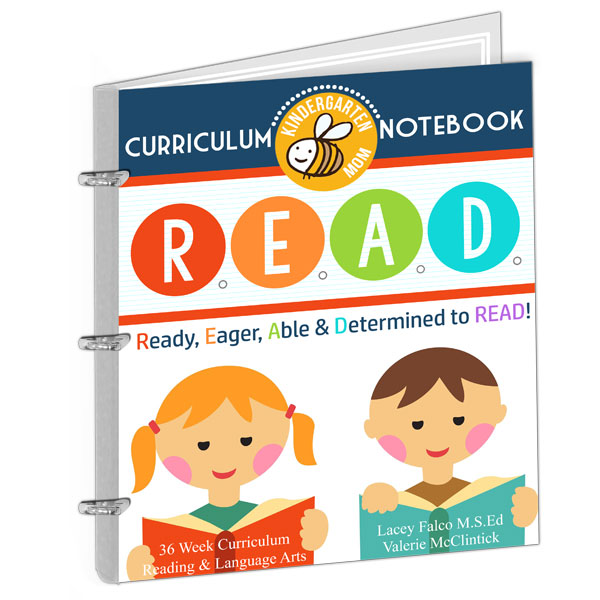


Leave a Reply